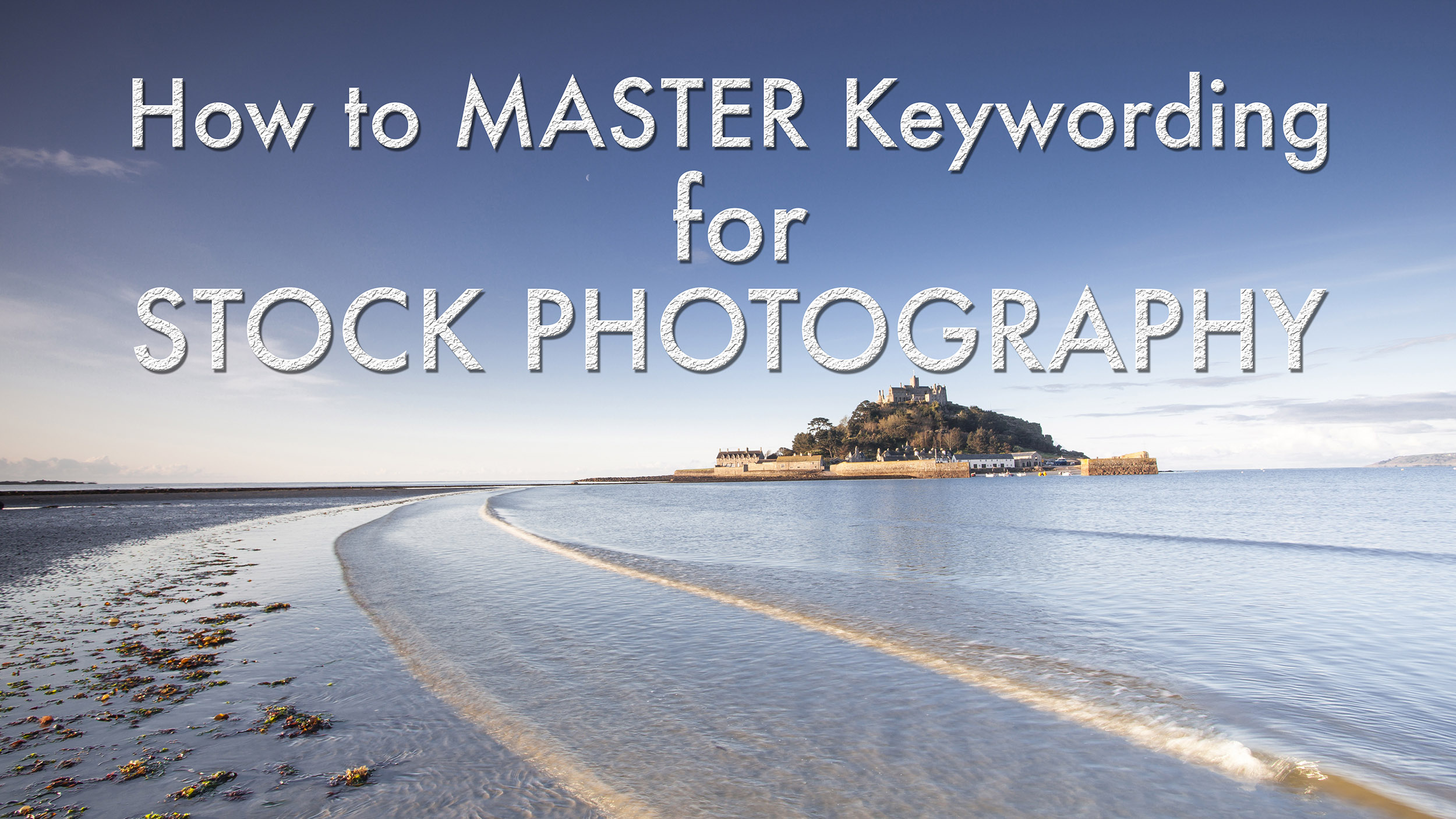
Selling your images online requires a strong understanding of how to keyword them effectively. If you learn how to master keywording for stock photography, then it connects your photographs with potential buyers searching through image libraries. Here’s how to do it right.
When you’re preparing keywords for your images, put yourself in the shoes of a buyer. How would they search for what they want? For instance, if someone is looking for a photo of the Eiffel Tower, the keywords would be “Eiffel Tower” and “Paris.” Use these as your starting points for relevant keywords.
Each image library has its own rules regarding the number of keywords. Generally, most libraries require a minimum of five keywords and a maximum of fifty. Some might allow more, but it’s best to keep it straightforward. Overloading your images with too many keywords doesn’t help you sell; instead, focus on the most relevant terms.
While keywords are essential, titles and descriptions also play a role in making your images discoverable. Some libraries, like Alamy, allow searches in both the title and description. Although Getty Images used to permit this, it currently does not. So, always ensure your titles and descriptions accurately reflect the content of your images. A clear and concise title, along with a detailed description, can enhance your image’s chances of being found.
To effectively master keywording for stock photography, consider three categories: location, conceptual, and descriptive keywords.
Location Keywords
These keywords indicate where the image was taken. For example, for an image of Lincoln Cathedral, you might use:
These keywords help buyers find images based on specific geographic locations.
Conceptual Keywords
These keywords help convey the emotions or themes in your image. If you have a photo of a happy child, using keywords like “happy,” “joy,” and “smiling” can resonate with potential buyers looking for images that evoke positive feelings.
Descriptive Keywords
These describe the visual elements of the image. For example, if your photo is of Glenfinnan in winter, you could use:
Descriptive keywords create a vivid picture of the image, helping clients find what they’re looking for.
If you’re stuck on what keywords to use, there are several resources to help. Websites like Wikipedia can provide keywords you might not have thought of. You can look up the location or subject of your photo and find related terms.
Additionally, Shutterstock offers a keywording tool that suggests relevant keywords based on similar images. This can be a useful way to expand your list without starting from scratch.
When you enter keywords in Lightroom, note that the program automatically sorts them alphabetically. If you need your keywords in a specific order, consider using Adobe Bridge instead. This program retains your input order, which can be helpful for libraries that require a hierarchy of keywords.
Different image libraries handle keywording in various ways. For instance, Getty Images allows for a minimum of five keywords but does not require a hierarchy. In contrast, Alamy expects a minimum of five and a maximum of fifty keywords, including ten super tags for the most important descriptors.
Understanding these differences is crucial for getting your images seen. Tailor your keywording approach based on the library you’re submitting to.
Learning how to master keywording for stock photography is essential for getting your images noticed and sold. By thinking like a buyer, using effective titles and descriptions, and understanding the different types of keywords and library requirements, you can increase your chances of success. Follow these steps, and your images will be on the path to reaching the right audience.
And if you’re interested in buying my own stock photography then I have exclusive images that can be found nowhere else.